Polish designer Klara Ostrowska mixes old with new to create memorable interiors
From Warsaw, with love
-
© Studio Nate Cook
Courtesy of Klara Ostrowska
-
© Pion Studio
Courtesy of Klara Ostrowska
-
© Pion Studio
Courtesy of Klara Ostrowska
-
© Pion Studio
Courtesy of Klara Ostrowska
-
© Oni Studio
Courtesy of Klara Ostrowska
-
© Oni Studio
Courtesy of Klara Ostrowska
-
© Oni Studio
Courtesy of Klara Ostrowska
-
© Oni Studio
Courtesy of Klara Ostrowska
During the summer we get to work with many amazing interior designers and collaborate on different collections and stories. Since these interior experts are an integral part of the PAMONO community, we like to have relaxed design talks with them that offer our readers a peek into their design world. This summer we have traveled to Paris with Ashley Maddox and Lisbon with Juliana Cavalcanti but this time, we are taking you on a trip to eastern Europe.
Meet Klara Ostrowska, a Polish interior designer and Krakow University graduate. Post-graduation, Ostrowska lived in London and Madrid until finally settling in Warsaw with a plan to start her own practice. With two years of working as an architect under her belt, she later opened her own design company, known today as KW Studio: an ever-evolving business that aims to perfectly encapsulate Klara’s motto in life and work, less is more.
Following your design years in London, you are now based in Warsaw, how have both cities impacted your work?
London is a renowned design hub, with a well-established market and many designer shops. Warsaw, on the other hand, especially at the time of my arrival here, was just at the beginning of its journey. In the past 10 years a lot has changed for the better, especially when it comes to design and lifestyle. The awareness has definitely increased. We are seeing clients being more educated, having their own distinct style, and being more demanding, which is a good thing because it pushes us to outperform ourselves every time. London creates the trends - it’s one of the most dynamic global cities, and cities like Warsaw are so hungry for something new, that it becomes this exciting place where you see people being eager to develop and experiment with valuable traditions of modernism from the 20s and 30s.
What are your favorite design spots in Warsaw?
Nap Concept Store is a lovely go-to where I go for inspiration and pieces that you don’t see everywhere. I like to explore and have fun with design, so all the boutique shops in Mokotowska street in the city center catch my attention easily.
In your Krakow Centrum project you work with many traditional elements and combine them with wood, all whilst keeping the overall feel to be minimalistic. Is this your signature touch or was this specific to the project?
I like to combine tradition with a modern touch. Minimalistic design is and will always be a strong backbone for iconic endless style. There is a fascinating beauty to simplicity, it’s a form of escape from the chaotic world outside that brings serenity and sense to spaces.
What is your color of the year?
Tough one! Currently I’m very much into all shades of pink, violet, and pastel Memphis colours that I can find. I think it’s also worth mentioning that I’m not a firm believer in the “color of the year concept”. I think that there are many harmonic and classic colour combinations that are timeless and will forever feel right. One thing that I’m really enjoying about my work at the moment is the fact that my clients are getting more and more into adding a splash of color into their interiors.
That’s amazing! Your Mokotow Warszawa project features our all-time favorite Thonet chairs. How did you decide to go for this timeless classic?
It’s a timeless design, comfortable enough for everyday use. The shape is quite modern and goes well with antique, vintage and modern design. This makes it extremely versatile and worth investing in. Even if my clients decide to move house in the future, I just know it would work in any interior.
And how do you bring art into the picture? Have you ever had to start with it and build around it, or it’s usually the finishing touch?
In my work art is usually a finishing touch. I’d love for it to be the starting point one day. Must be very challenging, however, I’m always up for a challenge.
Can you say a few words about the collection of items you curated for PAMONO?
Just like my work, there is a selection of items from different periods. From sculpture-like objects that look powerful enough as a statement on their own, to more classic Danish seating options, my collection is all about functionality and comfort. Towards the end of the curation you will see items that are close to my heart and remind me of my youth - most of them are post-modernist pieces with a touch of sentimental value and nostalgia.
Design for you is…
Design is a story that comes full circle by taking the best from each era past and transforming it to fit the needs of today’s society. Today, we see a lot of fun and playfulness when it comes to design. It’s almost like we want to be surrounded by items that make us laugh and feel joy because of the uncertain times we live in. This is why I like to say that design is an integral part of our life. It gives another dimension to the human experience.
You can now shop Klara's collection Less is more below.
More to Love
German SE 42 Dining Chairs by Egon Eiermann for Wilde & Spieth, 1949, Set of 4
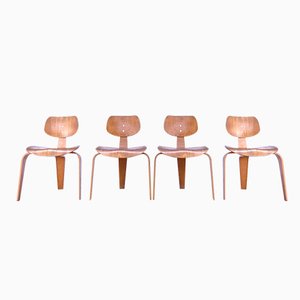
Costes Desk Chair by Philippe Starck for Driade, 1980s
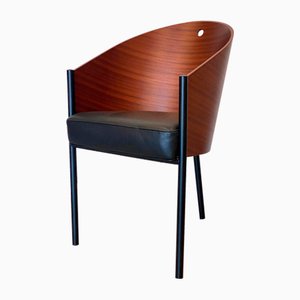
Metal Coffee Table, Italy, 1970s / 80s
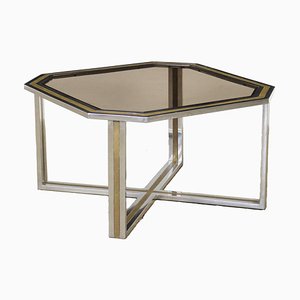
Dutch DU03 Sideboard by Cees Braakman for Pastoe, 1950s

Mid-Century Metaphora Coffee Table in White Marble by Massimo & Lella Vignelli
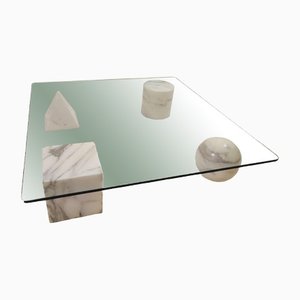
Italian Travertine Pyramid Coffee Table, 1980s
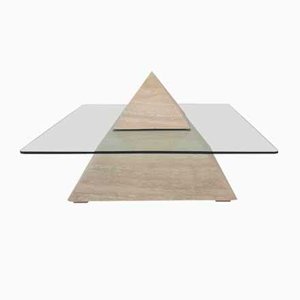
Vintage Triangular Console Table, Italy, 1970
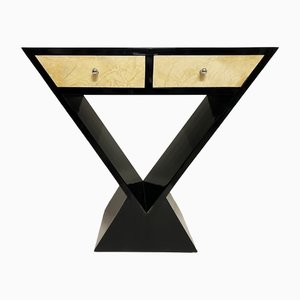
King Costes Chairs by Philippe Starck, Set of 4

Teak 29A Sideboard by Arne Vodder for Sibast, Denmark, 1950s
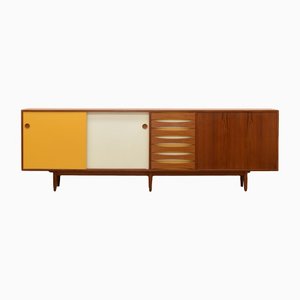
LCW Lounge Chair in Ash by Charles & Ray Eames for Herman Miller, 1950s
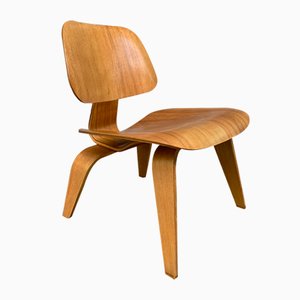
Italian Bentwood Dining Chairs, Italy, 1970s, Set of 4
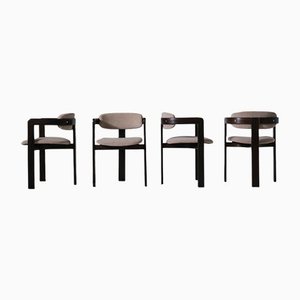
Model 548 Lamp in Polished Brass with Grey Diffuser by Gino Sarfatti for Astep
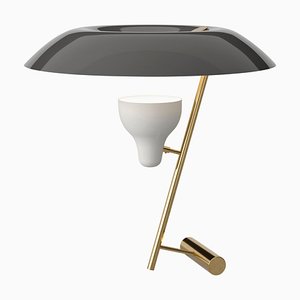
Faith Coffee Table by Mario Bellini for B&b Italia, 1960s
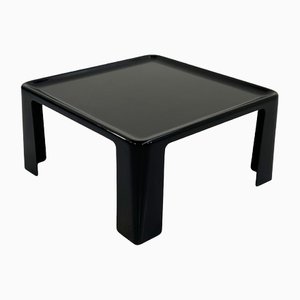
G3 Coffee Table by Just Van Beek for Metaform, the Netherlands, 1970s
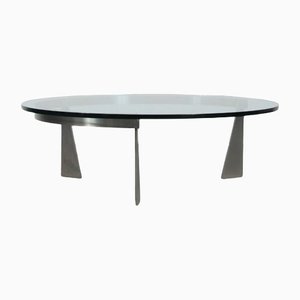
SB03 Dining Chairs by Cees Braakman for Pastoe, 1960s, Set of 2

Table by Carlo Scarpa for Cassina, 1970s
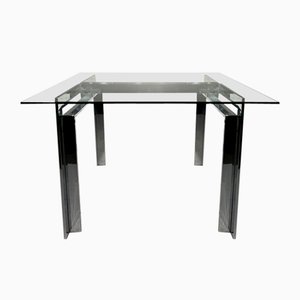
Swiss DS61 Leather Easy Chair from De Sede, 1960s
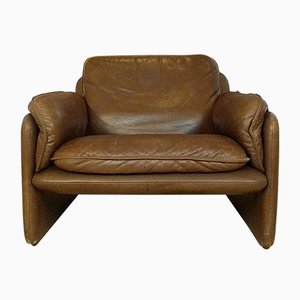
Cognac Leather Barcelona Chairs by Ludwig Mies van der Rohe for Knoll, 1988, Set of 2
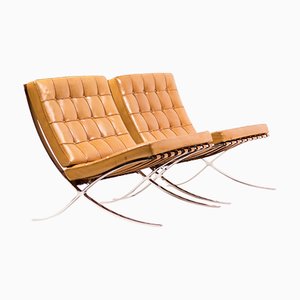
B17 Wall-Mounted Book Shelf by Pierre Chapo for Chapo Creation
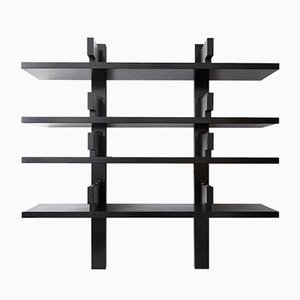
Italian Tavolo Scultura Chrome Coffee Table by David Hicks, 1960s
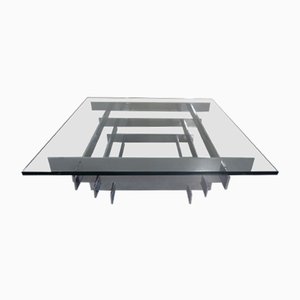
Teak & Leather Model 195 Dining Chairs by Ole Gjerløv-Knudsen & Torben Lind for France & Søn / France & Daverkosen, 1960s, Set of 4
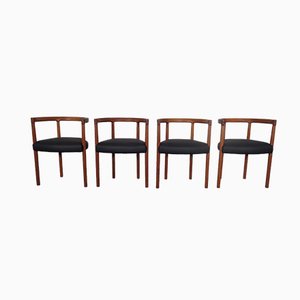
Italian Model Firenze Ceiling Lamp by Ettore Sottsass for Venini, 2001

Swedish Sunfeather Armchair by Sonna Rosén for Nässjö Stolfabrik, 1950s
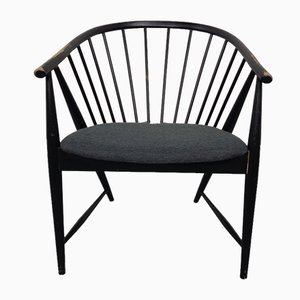
Art Deco Console Table in Island Wood, Early 20th Century
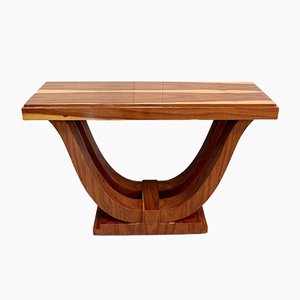
Soriana Lounge Chair by Afra and Tobia Scarpa for Cassina
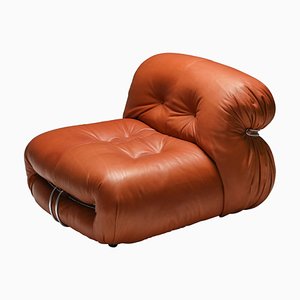
Dining Table by Ettore Sottsass for Zanotta Memphis, Italy
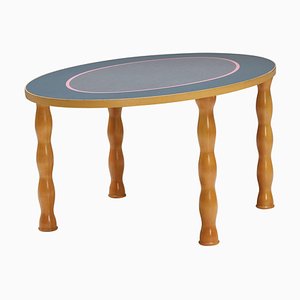
Mid-Century Solid Wood Table Base or Console, 1980s
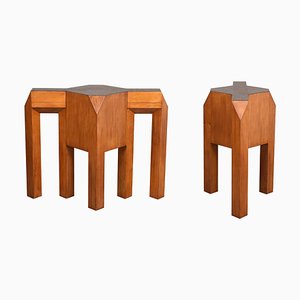
Mid-Century Modern Dining Chairs from Società Compensati Curvati, 1950s, Set of 4
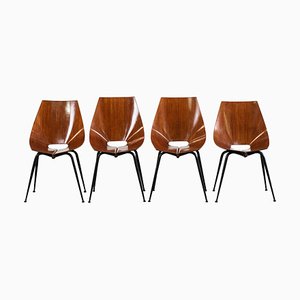
Big Cactus Floor Lamp in Transparent with Black Centrepiece by Mickael Koska for Pulpo
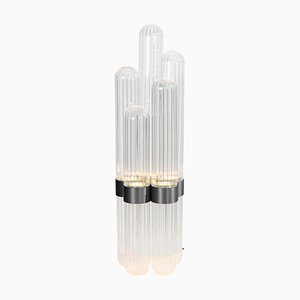
Vintage Mid-Century Modern Danish Three-Seat Sofa in Cognac Leather
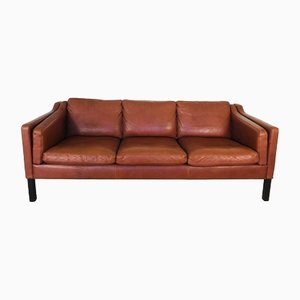
Danish Butterfly Chairs by Herbert Hirche for Jofa Stalmöbler, 1950s, Set of 4
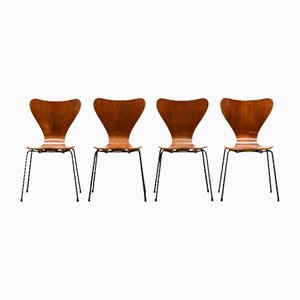
Elm Coffee Table by Luigi Gorgoni for Roche Bobois, 1980s
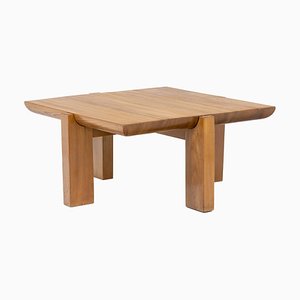
Totem Chairs by Torstein Nilsen for Westnofa, 1980s, Set of 4
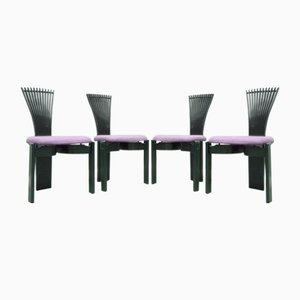









 © Oni Studio, Courtesy of Klara Ostrowska
© Oni Studio, Courtesy of Klara Ostrowska